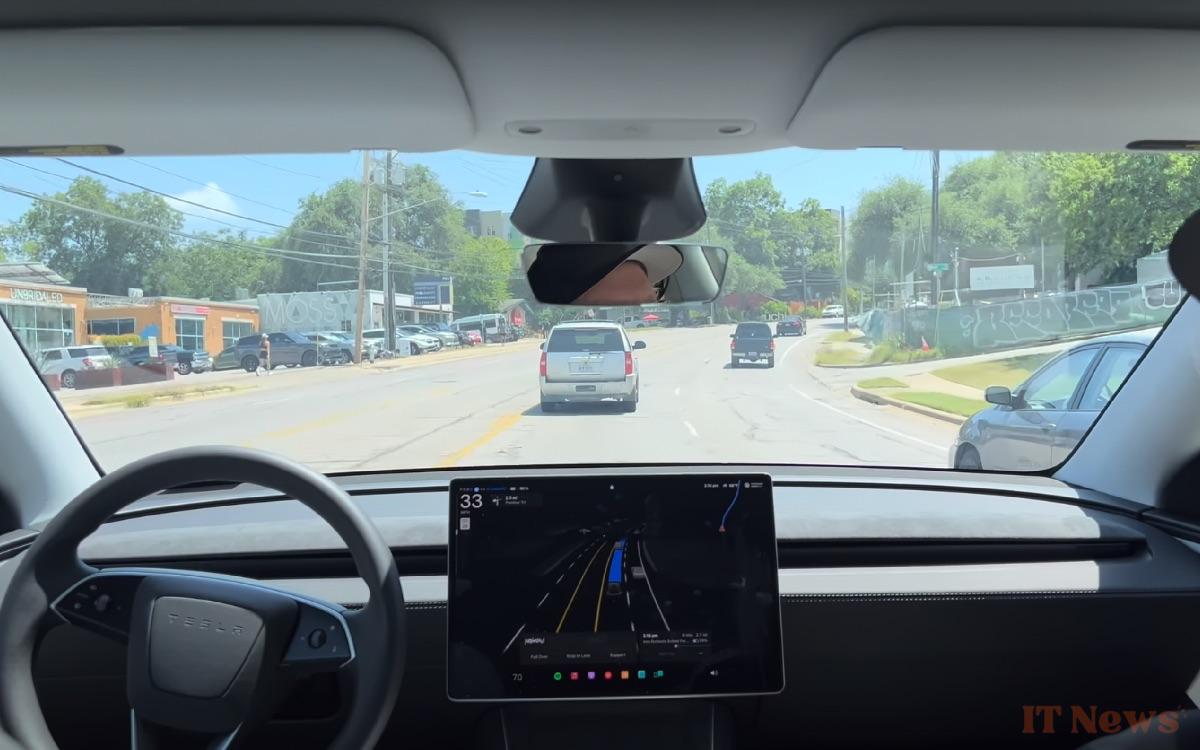Tesla has just launched its Robotaxi in the United States. But the first videos show strange behavior on the road. These driverless vehicles have been worrying since their first outing.
Driverless vehicles have become a reality in the United States, but their integration remains gradual. Several companies are testing limited fleets in specific areas, often with tightly controlled usage restrictions. This phased rollout allows for the evaluation of public reaction and technical performance in real-world conditions.
Tesla launched its Robotaxi service in Austin, Texas, on June 22, 2025. Rides are offered via a dedicated app for $4.20 (around €3.90), but only to a select group of users. The vehicles, Model Ys without an active driver, circulate within a limited geographical perimeter, with a supervisor on board. This symbolic launch was to mark a decisive step in the manufacturer's ambition in the autonomous driving market.
“Keep on running, keep on running”. – @TeslaBoomerMama as she watches @herbertong search for his first Robotaxi stopped to pick him up in Austin. Herbert got about a 1/4 mile of steps in but he finally found the Robotaxi. pic.twitter.com/7yXfeSqraf
— Miss Jilianne (@MissJilianne) June 22, 2025
“Keep running, keep running.” –
@TeslaBoomerMama watching @herbertong search for his first Robotaxi stopped to pick it up in Austin. Herbert walked about 400 meters before finally finding the Robotaxi.”
Tesla Robotaxi drives the wrong way and brakes for no reason as soon as they Launch
From the first hours of operation, several videos published on X showed worrying behavior. One of the most striking incidents shows a Robotaxi crossing an intersection straight from a left-turn lane, only to end up in the opposite lane. The vehicle hesitates, then veers around oncoming traffic, crossing a prohibited line. Another filmed journey shows an abrupt stop in the middle of an intersection after passengers requested an early stop.
Other footage captured in Austin shows Robotaxi braking heavily in the presence of parked police vehicles, for no apparent reason. Some users also reported lags on the rear control screen, causing involuntary calls to support. Several people also waited for their vehicle far from the designated location. With only ten vehicles in circulation and a restricted area, these incidents clearly reveal the limitations of the current system. The stated goal of an unsupervised autonomous service still seems distant.




0 Comments